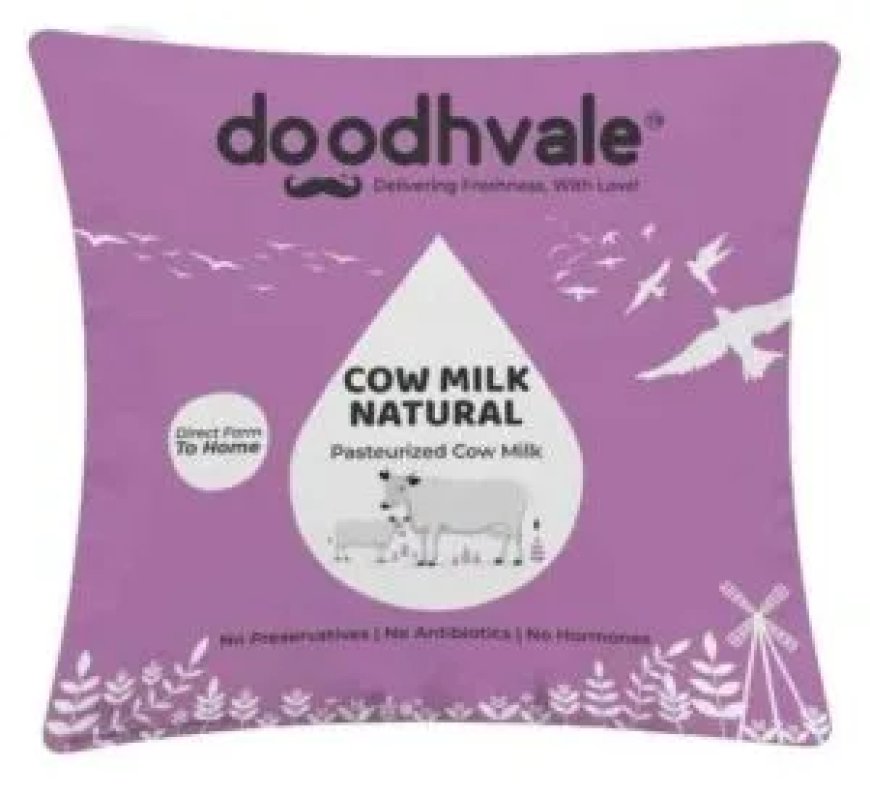Understanding the Dynamics of Cow Milk Prices: Factors, Fluctuations, and Consumer Considerations

In the realm of daily essentials, cow milk stands as a fundamental commodity cherished for its nutritional value and culinary versatility. However, behind the simple act of purchasing a carton of milk lies a complex web of factors that influence its price. From fluctuating market conditions to production costs and consumer demand, understanding the dynamics of cow milk prices is essential for both producers and consumers alike. Join us as we delve into the multifaceted world of cow milk price, exploring the key factors at play and their implications for consumers.
Market Forces and Supply Chain Dynamics: At the heart of cow milk prices are the forces of supply and demand, which shape the dynamics of the market. Factors such as seasonal variations in milk production, weather conditions, and global economic trends can all impact the supply of milk and, consequently, its price. Additionally, the structure of the dairy supply chain, including processing, distribution, and retailing, influences the final cost of milk to consumers.
Production Costs and Input Expenses: For dairy farmers, production costs play a significant role in determining the price of cow milk. Expenses such as feed, labor, equipment, and veterinary care all contribute to the overall cost of production. Fluctuations in the prices of feed and other inputs, as well as regulatory requirements and environmental factors, can further influence production costs and, by extension, milk prices.
Government Policies and Subsidies: Government policies and subsidies also play a role in shaping cow milk prices, particularly in regions where dairy farming is heavily subsidized or regulated. Subsidies provided to dairy farmers, price support mechanisms, and trade policies can all affect the availability and affordability of milk for consumers. Moreover, changes in government regulations, such as tariffs or quotas, can have significant implications for milk prices both domestically and internationally.
Consumer Preferences and Market Trends: Consumer preferences and market trends also influence cow milk prices, as shifts in demand for different types of milk products can impact overall market dynamics. For example, increased consumer interest in organic, grass-fed, or plant-based milk alternatives may influence the pricing and availability of traditional cow milk. Additionally, demographic trends, such as changes in population size or household composition, can affect overall milk consumption patterns and, consequently, prices.
Considerations for Consumers: For consumers, understanding the factors that influence cow milk prices can help inform purchasing decisions and budgeting strategies. While price is undoubtedly a consideration, it's essential to weigh other factors such as quality, freshness, and ethical considerations when choosing milk products. Moreover, exploring alternatives such as plant-based milks or purchasing directly from local dairy farms may offer consumers more control over their milk purchases and support sustainable, transparent food systems.
Conclusion: Cow milk prices are influenced by a myriad of factors, from market forces and production costs to government policies and consumer preferences. By understanding the dynamics of milk pricing and considering factors beyond just cost, consumers can make informed choices that align with their values and preferences. Whether it's supporting local producers, exploring alternative milk options, or advocating for policies that promote fair and transparent pricing, each decision contributes to shaping the future of the dairy industry and ensuring access to wholesome, affordable milk for all.

 vindhya123
vindhya123